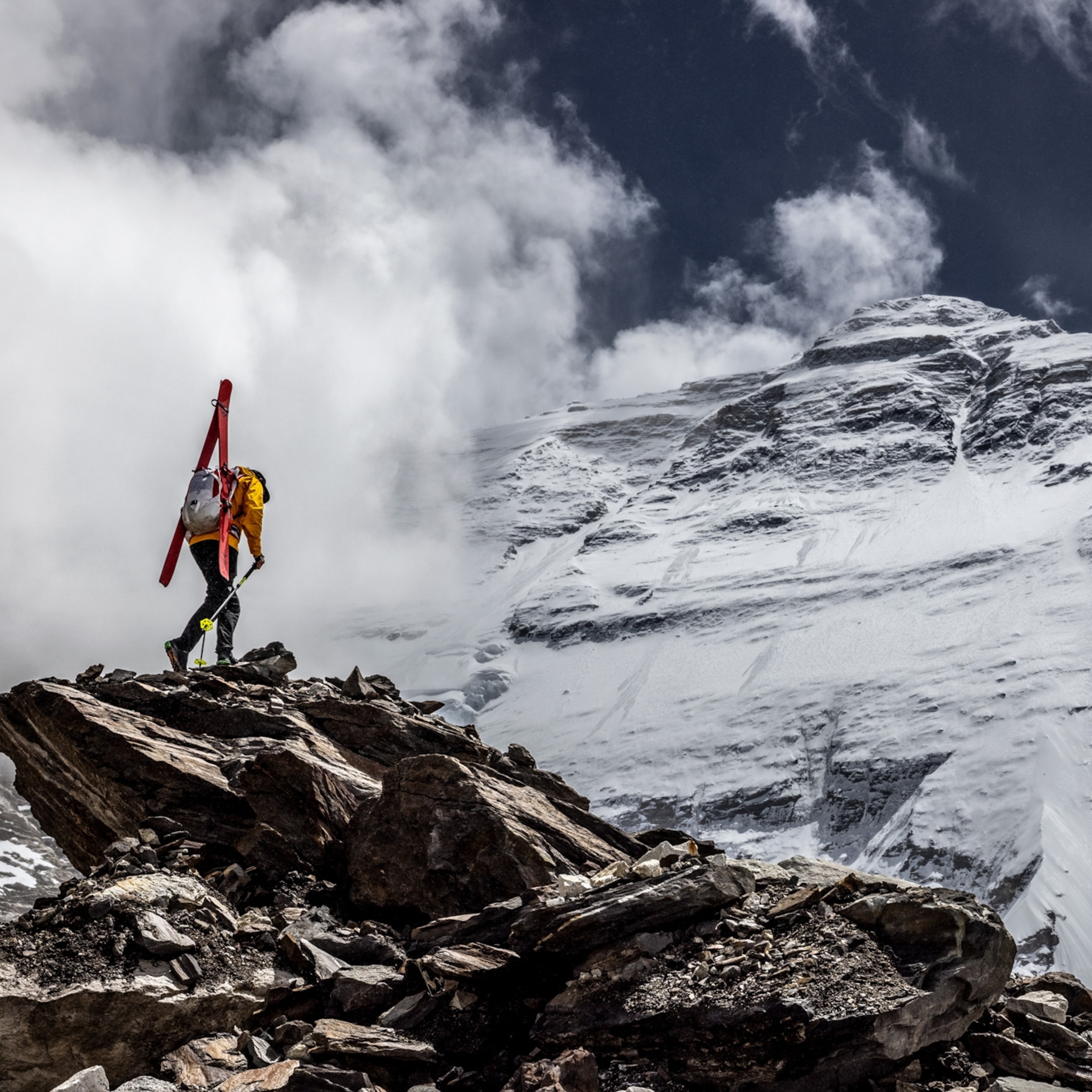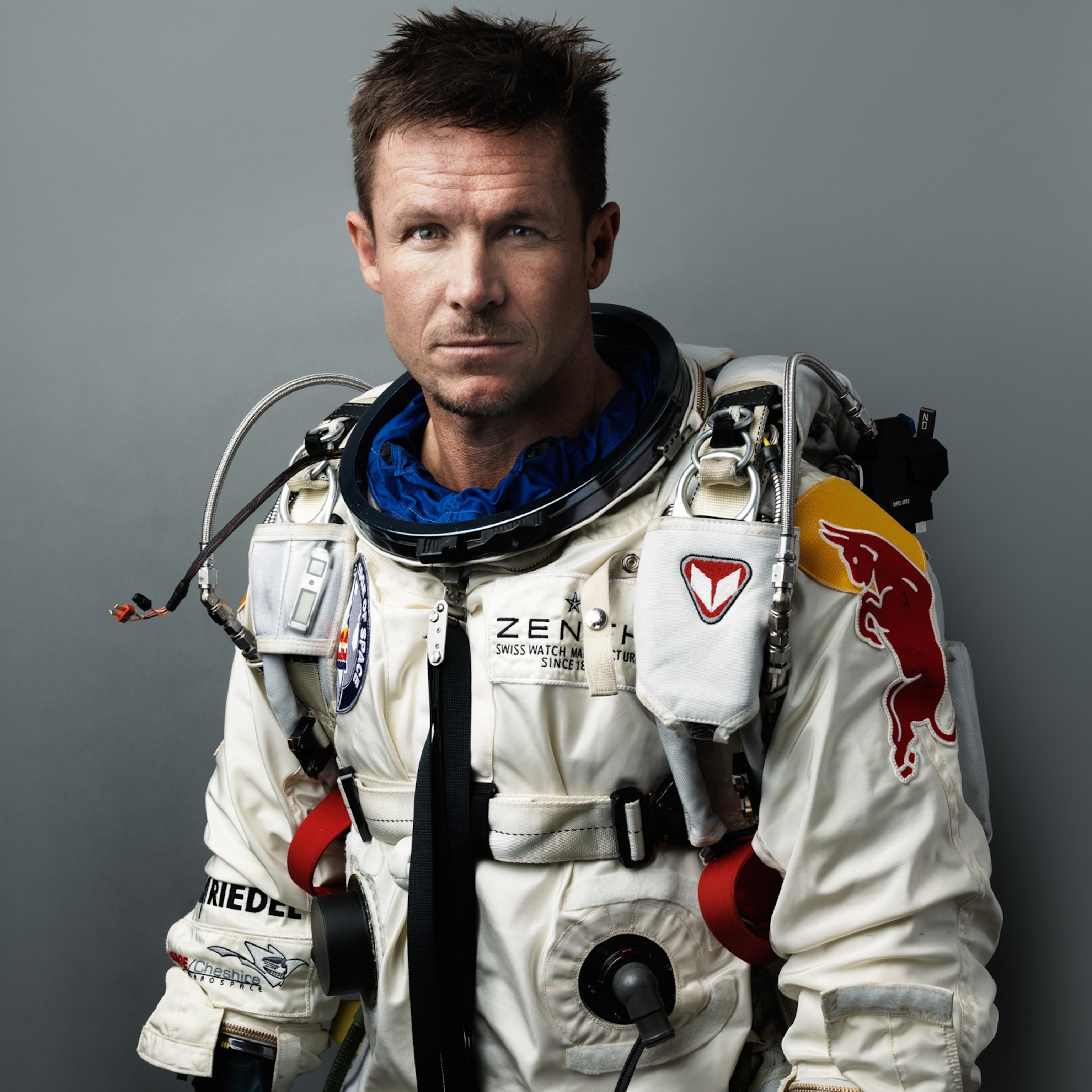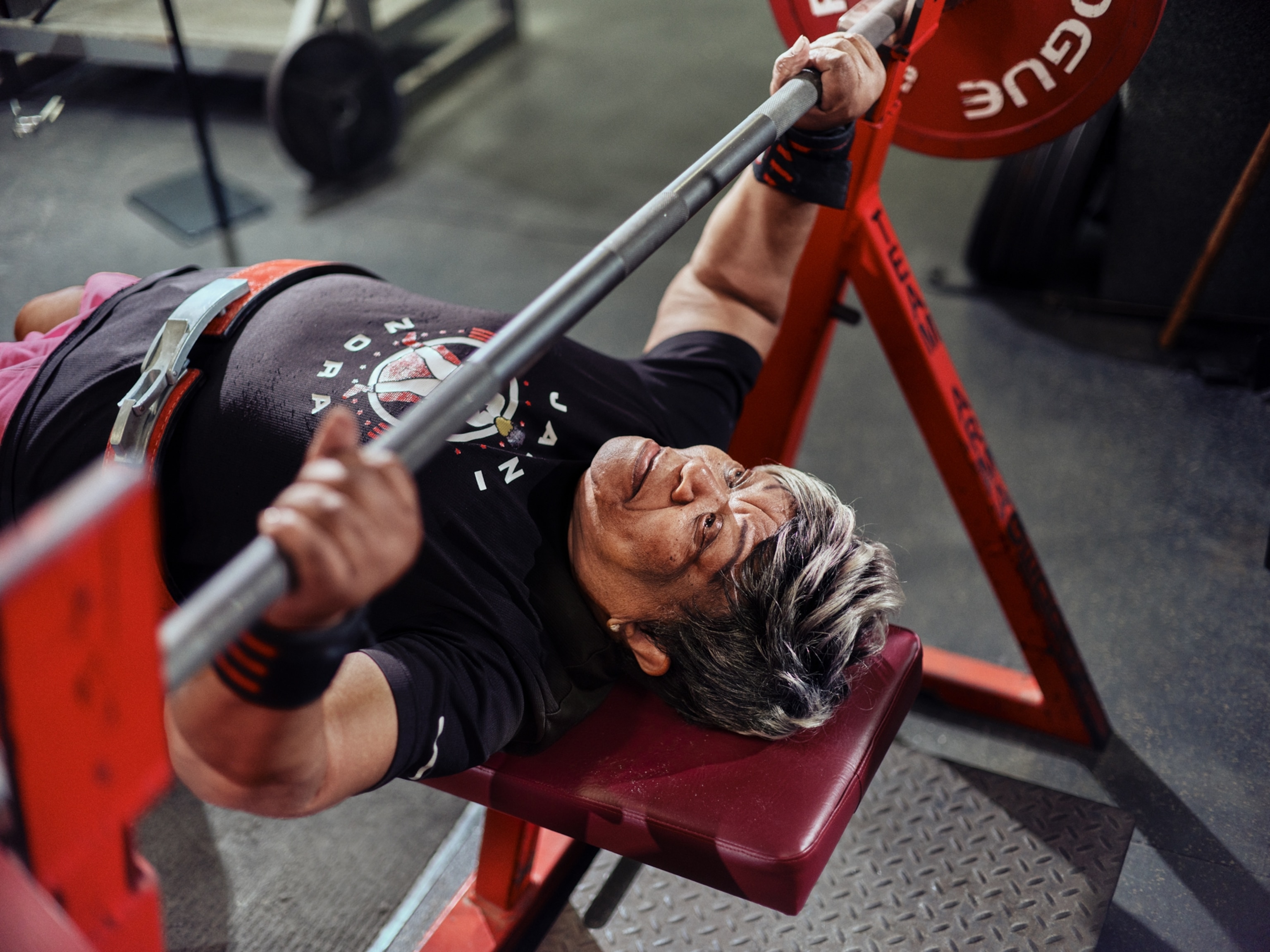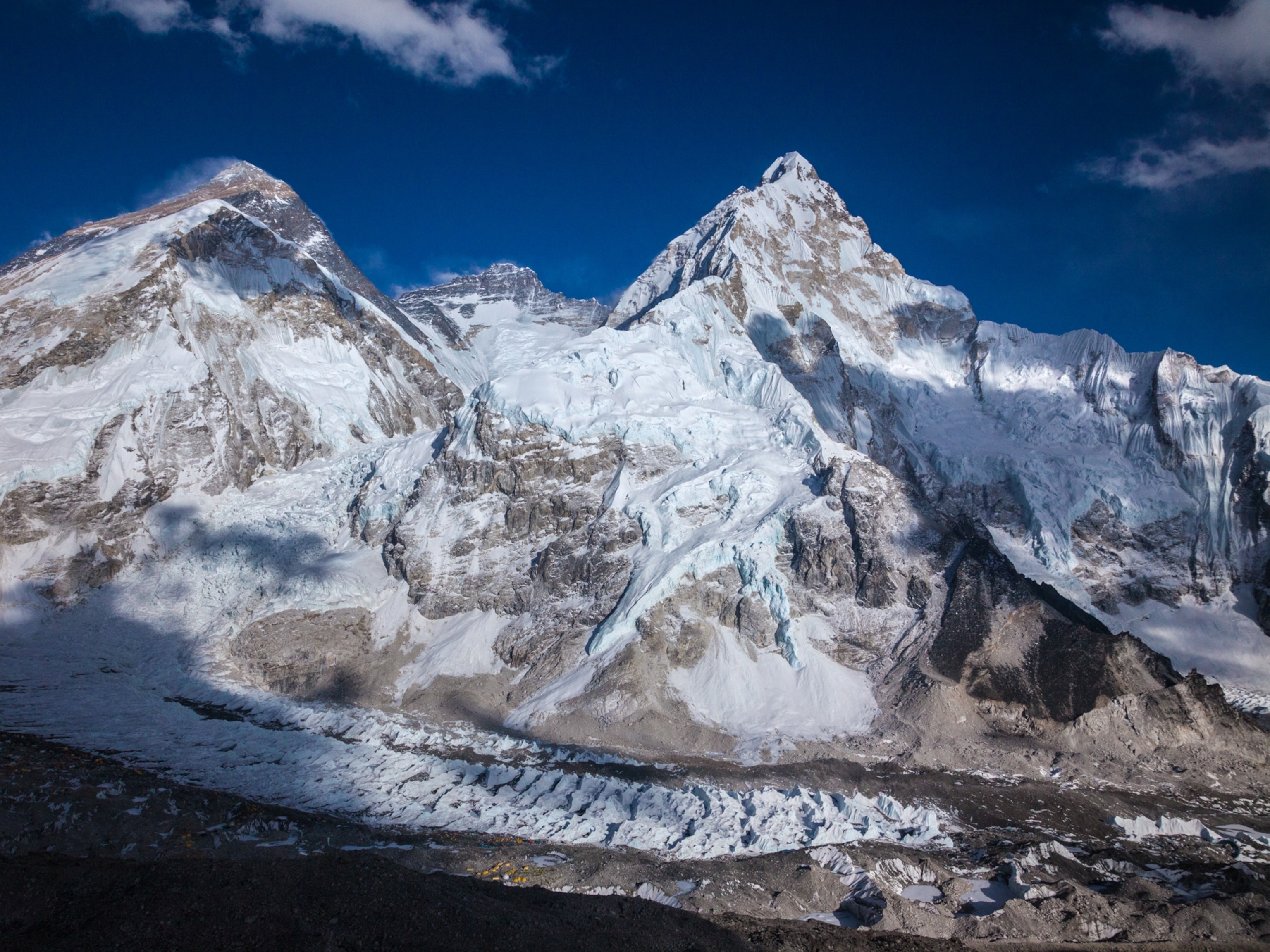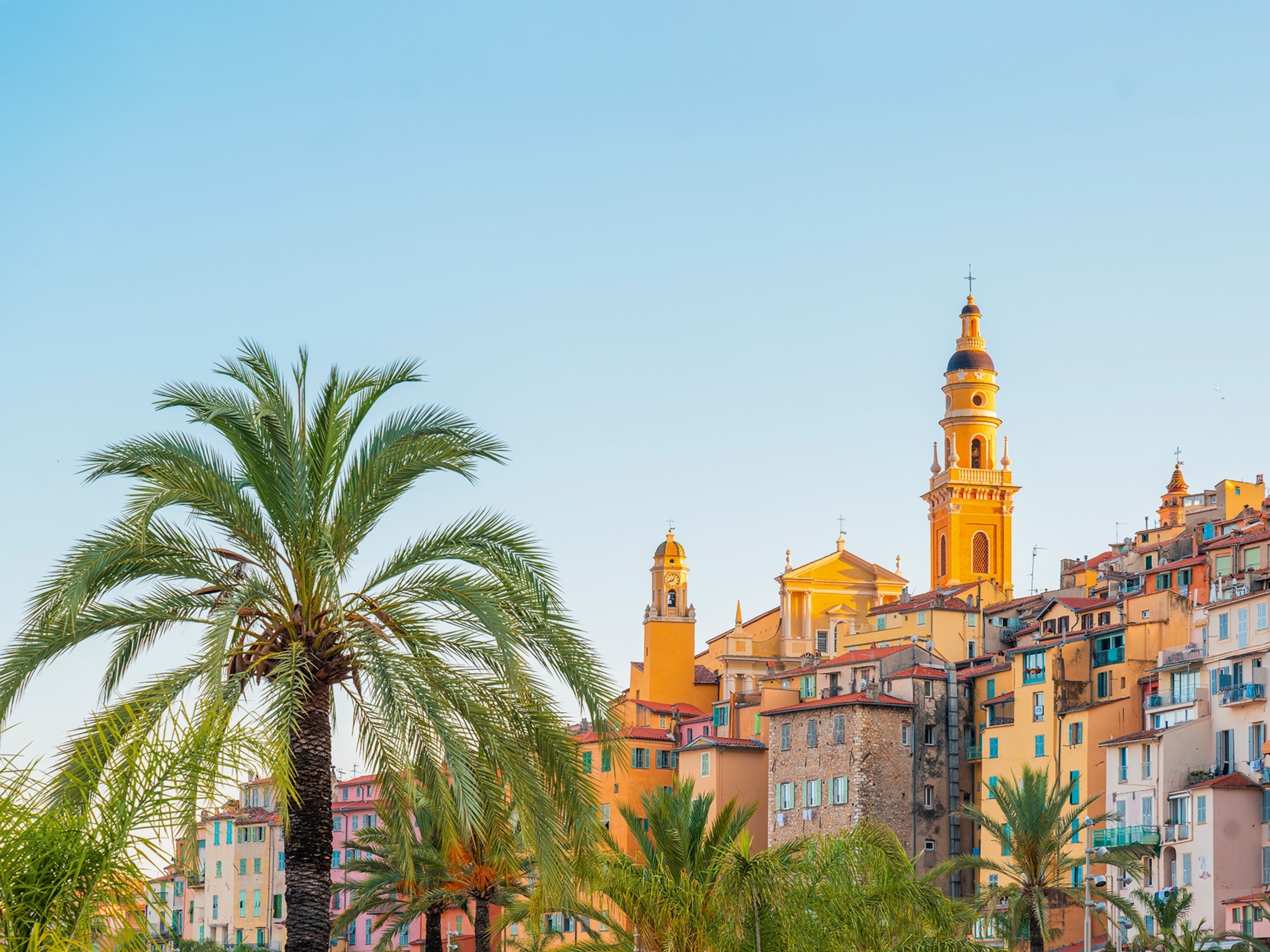
Long-Distance Swimmer Diana Nyad
On her fifth attempt, a 64-year-old completes the first swim between the U.S. and Cuba without a shark cage.
On the morning of August 31, 2013, long-distance swimmer Diana Nyad jumped off a rock seawall in Havana, Cuba, and began her 110-mile swim to Key West across the Florida Straits. It was the 64-year-old’s fifth attempt at the notorious crossing—one plagued by powerful currents, sharks, and box jellyfish.
“Once you walk out onto those rocks in Havana, it’s full on,” says Nyad. “You have to believe you are going across. There are no ifs. You are making it. And then you deal with it when you don’t succeed.”
Fifty-two hours, 54 minutes, and 18 seconds later, Nyad reached a Key West beach and became the first person to swim between Cuba and the U.S. without a shark cage. It was the end of an odyssey for Nyad. For four years she dedicated her life to training and fund-raising to pay for her previous attempts.
In her 20s, Nyad had been a champion marathon swimmer. She earned the world speed record for swimming 28 miles around Manhattan, and she swam the 102-mile crossing between the Bahamas and Florida. In 1978, she attempted the Cuba-to-Florida swim but strong currents and high seas pushed her severely off course and ended her swim. She retired from competitive swimming a year later after her Bahamas-to-Florida crossing and went onto a career in broadcasting and journalism.
Throughout the decades, the Cuba-to-Florida swim without a shark cage proved elusive for subsequent swimmers. It was considered one of the last great, uncompleted crossings.
Following the death of her mother in 2007, Nyad began contemplating her life. By 2009, the then 60-year-old decided she wanted to find a challenge that would consume her completely and require complete focus.
“When you’re 60—I don’t care how healthy you are or how fit you are—you are getting toward the end of that one-way road that we are all traveling on,” says Nyad. “I asked, Have I truly become the person that I admire? I didn’t feel as awake, alert, and alive as I wanted to feel for the rest of my days.”
Initially, Nyad considered other challenges, like writing another book (she has penned three) or leading a health campaign that would include biking across the country. While driving near her home in Los Angeles, the memory of her unfinished Cuba swim popped into her mind.
“It was 31 years later, but I was thinking maybe the shoulders were there and could handle the swimming,” remembers Nyad. “Maybe the will to train would be there, too.”
By the summer of 2011, Nyad and her team of friends, trainers, and nutritionists had worked her into shape. A specially designed catamaran equipped with an underwater streamer that would act like a pool lane marker would help keep her on course. The media took notice of this improbable and inspiring story.
Three agonizing attempts followed. Asthma and severe shoulder pain ended Nyad’s first attempt. Her crew pulled her into the boat after almost 29 hours in the water. During a second attempt a month later, jellyfish stings on Nyad's neck led to respiratory distress 67 nautical miles into the swim. In 2012, jellyfish stings and storms stopped Nyad short.
“The courage that the team showed, the dedication, the training—everything we learned and everything we showed about ourselves was the stuff of true grit and pride. I had to find some way to congratulate us,” says Nyad. “I was sincere about that, but, at the same time, the disappointment was profound.”
For the final, and successful, swim, Nyad employed a thin lycra bodysuit and a face mask to protect against the jellyfish stings that had derailed previous swims. (Purists in the swim community questioned her use of the mask and suit, traditionally foregone in big open-water swims.) Nyad's team figured out a perfect route to take advantage of Gulf Stream currents. And 35 years after her first attempt, Nyad achieved what younger and stronger swimmers could not.
Not one to sit still, Nyad followed her success by swimming for 48 hours in a specially designed swimming pool placed front and center in New York’s Herald Square in October. Her effort raised more than $110,000 for Hurricane Sandy victims.
“I’m walking around proud as punch for me and my teammates, not because we got there, not that we’ve been nominated for this prestigious award, or that I’m going to meet President Obama,” says Nyad. “Those things are meaningful and they are fun, but I’m walking around tall because of who I am and who I proved I was in the last four years.”
—Fitz Cahall
THE INTERVIEW
Adventure: First off, congratulations. We have followed along at every step and have hoped to include you among the Adventurers since you first started.
Diana Nyad: It was a kick in the pants to do something that nobody has ever done before at this age that a lot of younger, stronger, faster swimmers had tried.
A: You’ve mentioned that in 2009 you were looking for a goal that could consume you, that would require total dedication. Did you know right away it was going to be the Cuba swim?
DN: I was feeling this malaise in August 2009. The Cuba swim wasn’t the first thing I thought of at all. I remember thinking, How am I going to go about this? Am I going to write a book? Will I volunteer? I thought about leading a bike ride of a million people across the country. I was driving my car one day that August and I looked in the rearview mirror and I caught a glimpse of my own eyes and the idea swept across me. It took my breath away. I can say honestly, over those 30 years that I didn’t swim, it’s not like I was fixated or obsessed with Cuba. There was always just a little flickering in my brain. That was the one that got away.
A: You had tried it once when you were in your 20s. Did you think it was possible after that?
DN: I wouldn’t have tried it if I didn’t think it was possible.
A: I don’t want to use the word failures for those previous attempts, because it seems like you learned a lot from them. How did you regroup after so much effort?
DN: For my own soul and the sake of my team, as soon as we finished those swims, as soon as we touched down on the dock in Key West after the swims ended, I had to find some way to congratulate us. I was sincere about that, but, at the same time, the disappointment was profound. You don’t take a long hard journey like that if the destination isn’t looming in front of you.
A: Did you think this was going to be the year?
- National Geographic Expeditions
DN: This time my odds were better. We took the box jellyfish out of the equation. No one had done that before. But, if you were going to Vegas to put a bet on the swim the day before, I’d say “you’re going to go broke if you bet I’m going to make it.” There were many more things working against me than working for me.
A: This was a massive effort on both an athletic and organizational level. How do you approach such a huge undertaking?
DN: I don’t think success comes from looking at the big picture. You can have the dream. You set the dream in your imagination. You know it’s that shore. It’s those palm trees. Those lights. That building. If you start focusing on, "I’m only halfway through the first day. I feel this way. What time is it? When is the sun going to go down?"—You are going end up in a pitiful mental state. I rarely look 90 minutes ahead. I’ve got certain rhythms, certain songs to sing, certain patterns of thoughts to go through. When my mind goes and my right brain emerges and I lose control of my intellectual thinking and I’m in a dream state, hallucinating, I make it smaller increments, maybe five minutes, even five strokes.
A: Four years is a long time to commit to a single goal. What are you going to miss? What are you happy to be done with?
DN: I’m not going to miss feeling poorly. I won’t miss my stomach hurting. I would be fine for a while, then I’d get 20, 30 hours into it and my stomach would just hurt. Maybe it was the salt water or the supine position. I felt sick as a dog. It’s easy to find your will when you feel well. When you're vomiting, when you aren’t keeping your nutrition down, that’s when you start to get cold and it’s hard to find your will.
Actually, I’m not going to miss so much about the swim because it was not so much about the swim. It’s much deeper than that for me. It’s life. I went about this with courage and focus and no moment of lack of faith that this was going to happen. It was all about making it across.
A: You said that you did this to become the person you could admire. Did that happen? Or do you think you were this person all along?
DN: If you talked to my dearest friends they would say the latter. When I was 60, I wasn’t quite full of the same vigor that I am talking with you today. I’ve never been a slug lying around on the couch eating Cheetos all day, but I feel like I’ve risen to a different level.
A: You had quite the year. What’s next?
DN: Everybody keeps saying to me, You must be lying around, eating donuts, and sleeping in. That’s just not me. I just signed a book contract, and I am getting my office ready. I might have a chance to do Dancing With the Stars—and I have always wanted to do Dancing With the Stars—that’s kind of a vapid goal to have, but it’s fun. If I do that, I will go about it just like I did my training, although right now I can’t really imagine being thrown in the air, on the ground, or across the floor.
